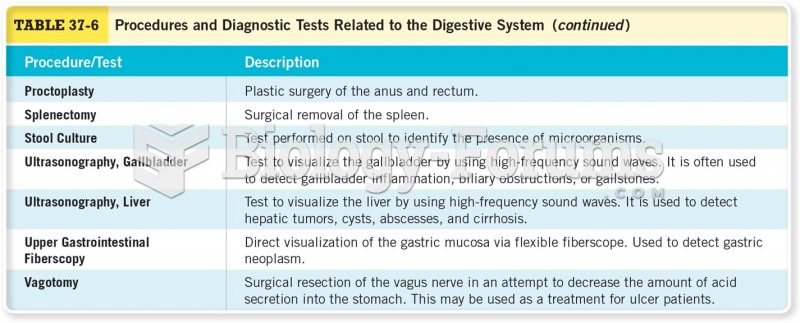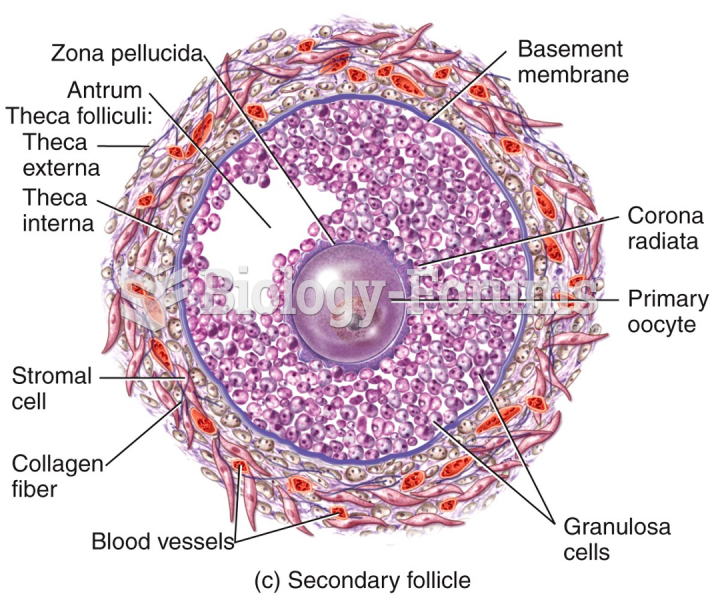|
|
|
Did you know?
There are more bacteria in your mouth than there are people in the world.
Did you know?
Excessive alcohol use costs the country approximately $235 billion every year.
Did you know?
Sperm cells are so tiny that 400 to 500 million (400,000,000–500,000,000) of them fit onto 1 tsp.
Did you know?
There are 20 feet of blood vessels in each square inch of human skin.
Did you know?
Walt Disney helped combat malaria by making an animated film in 1943 called The Winged Scourge. This short film starred the seven dwarfs and taught children that mosquitos transmit malaria, which is a very bad disease. It advocated the killing of mosquitos to stop the disease.







